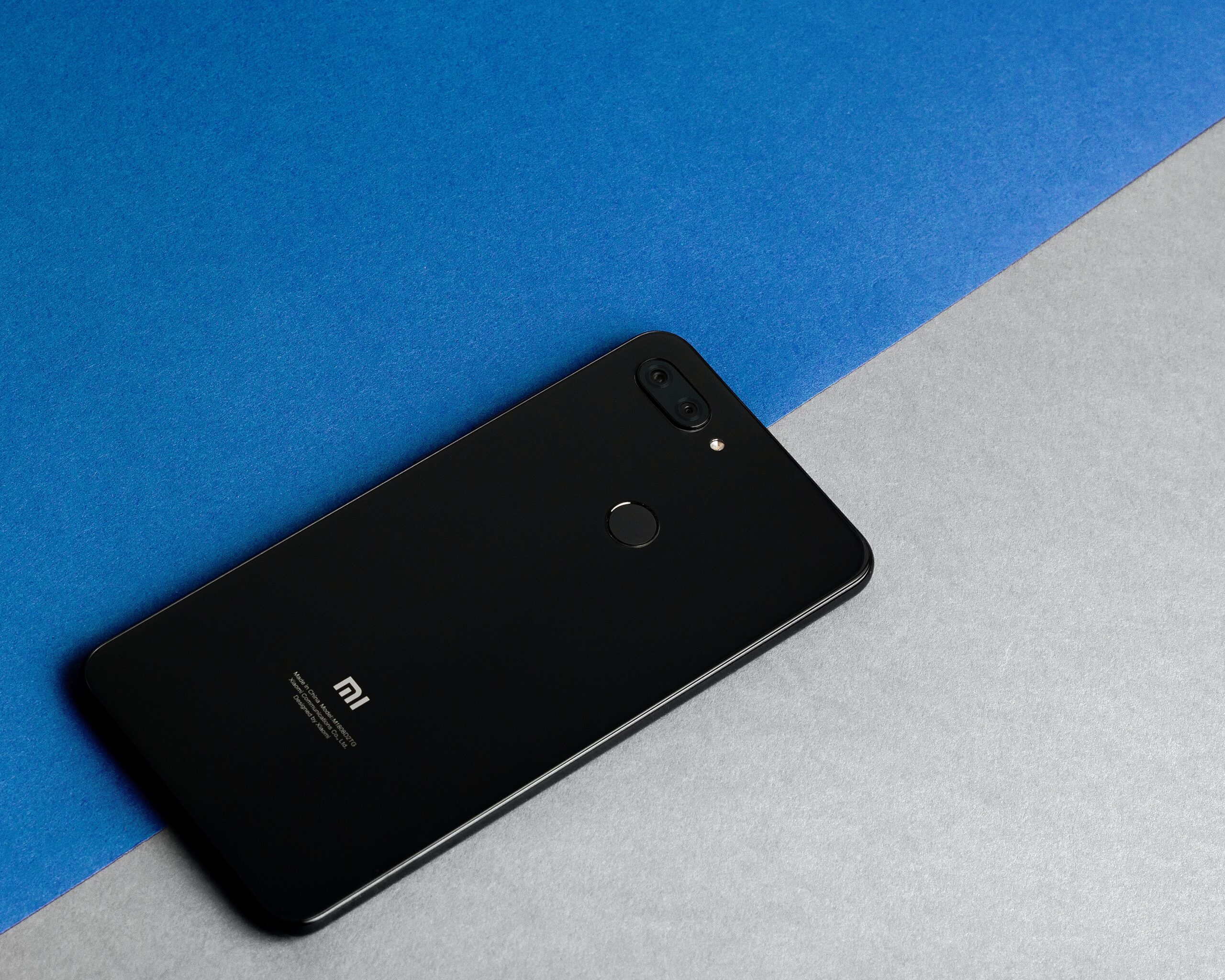Nowadays, everyone uses a cell phone. It is rare to find someone who does not use this tool that has become almost mandatory in our daily lives. And since it is something so essential, it is natural that, when the device's battery is low, we want to recharge it as quickly as possible. Here are some tips that can help in this regard.

Don't wait for your phone to completely discharge
In the past, it was common to recommend waiting for your phone’s battery to completely drain before recharging it. However, with the use of lithium-ion batteries in most modern smartphones, this concept of “battery addiction” no longer applies. There is no absolute need to wait for the battery to reach 0% or to disconnect the charger when it reaches 100% of charge.
In fact, to prolong the life of your cell phone's battery, it is more beneficial to avoid extreme loads (0% and 100%). Keeping the charge level between 20% and 80% is ideal for achieving a more adequate charge and preserving the battery's capacity over time. Therefore, it is no longer necessary to wait for the cell phone's battery to run out before recharging it, as long as you avoid keeping it constantly at 100% of charge.
Turn off your cell phone
An effective strategy for charging your phone faster is to ensure that all of the power is directed exclusively to the battery. To achieve this, one tip is to turn off your device while it’s charging. While this practice may result in missing urgent calls or messages, it’s the most efficient way to ensure that your phone is fully charged before you leave the house. By turning off your device, you prevent background features from consuming power, allowing the charge to be directed more directly and quickly to the battery.
Avoid using your cell phone while it is charging.
If you cannot turn off your smartphone due to the need to monitor notifications from specific apps or receive important calls, there is an alternative to speed up the charging process. It is recommended to avoid excessive use of the device while it is connected to the power source. This is because using the device while it is charging can increase the time it takes to complete the charge. In addition, using apps that require a high consumption of processing resources can result in the device overheating, which negatively affects the charging time and can harm the battery health in the long term. Therefore, it is advisable to limit the activity on the smartphone during the charging process, allowing it to charge more efficiently and avoiding possible damage to the device and the battery.
Use the socket
Using a USB port on your computer or car to charge your phone can be convenient when you’re out and about, but it’s important to be aware that this option results in a significantly less efficient charging process. This is because USB ports typically only provide a power output of 0.5A, while wall charging typically provides 1A (depending on the device).
The difference in available power current directly affects the charging speed of your phone. When connected to a USB port, your phone receives less power compared to using a wall charger. Therefore, the time required to fully charge the battery will be longer when using a USB port.
It’s important to take this into consideration when choosing a power source to charge your phone. If you want faster, more efficient charging, it’s recommended to use a wall charger with an adequate power output rather than relying solely on USB ports. This way, you’ll get the most out of your device’s charging capacity.
Use fast charger
While it is possible to use the conventional charger that came with your phone, it is worth considering faster options, such as high-wattage chargers. The higher the wattage, the faster the device will charge. Each manufacturer has its own version of fast charger, based on Qualcomm's Quick Charge technology, but with unique details and specifications.
Most smartphones these days come with support for fast charging out of the box. This feature is usually already enabled by default, but you can check it in your phone’s settings. The process is simple: go to “Settings”, then “Battery” or “Battery and device care”, then select “More battery settings”. Check if the “Fast charging” option is enabled; if not, just enable it.
By opting for a high-wattage charger and ensuring that fast charging is enabled on your device, you’ll be able to enjoy faster, more efficient charging, reducing the time it takes to recharge your phone’s battery. This is especially useful when you need to quickly charge your device before leaving the house or during short breaks.



